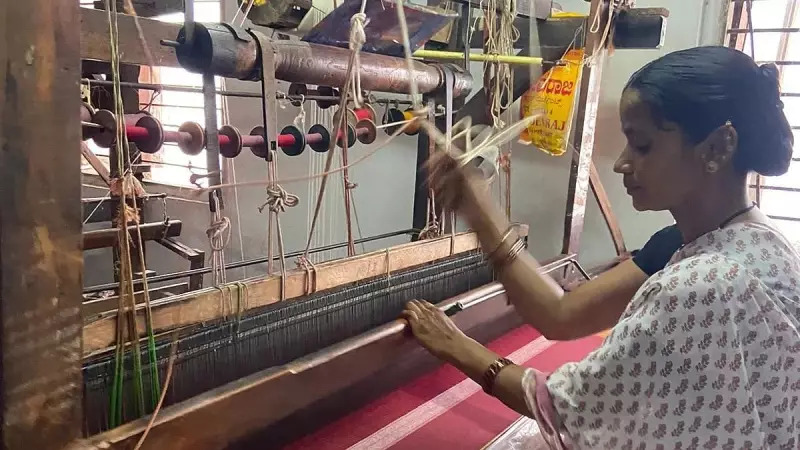
In the heart of Karnataka's historic villages, a remarkable textile tradition dating back to the 12th century continues to tell stories of womanhood, faith, and the miracle of birth. The Gomi Teni saree, once woven by women in the Bagalkot, Gadag, and Ron regions, represents much more than just clothing—it embodies centuries of cultural heritage and maternal blessings.
The Living Legacy of Village Weavers
During the 12th century, women in rural Karnataka transformed simple cotton fabrics into powerful symbols of life's most significant moments. The Gomi Teni saree emerged as a particularly special creation, woven not merely for daily use but to commemorate and honor the journey of motherhood. These textiles served as both practical garments and sacred markers of life's milestones.
What makes this tradition extraordinary is its exclusive creation by women artisans in specific villages across Bagalkot, Gadag, and Ron areas. These weavers poured their skills, prayers, and cultural knowledge into every thread, creating pieces that would become family heirlooms and community treasures.
More Than Cloth: A Tradition of Blessings
The Gomi Teni held profound cultural significance beyond its aesthetic appeal. Traditionally, this special cloth was gifted to expectant mothers as a gesture of community support, blessing, and celebration. This practice transformed the saree from mere fabric into a tangible expression of hope and protection for both mother and unborn child.
Each woven pattern and design element carried symbolic meaning related to fertility, protection, and the continuity of life. The act of gifting a Gomi Teni saree represented the community's collective prayers for a safe delivery and healthy child, making it an integral part of the social fabric in these Karnataka villages.
Preserving a Fading Heritage
Today, the Gomi Teni tradition stands as a testament to India's rich handloom history and the artistic excellence of women weavers from centuries past. While the practice may have evolved over time, its historical importance remains undiminished, offering valuable insights into 12th century social customs and women's roles in preserving cultural heritage.
The story of Gomi Teni reminds us of the deep connections between craft, community, and life's most precious moments. As we rediscover these traditional practices, we not only preserve ancient skills but also honor the wisdom of generations of women who wove their faith and hopes into every thread.





